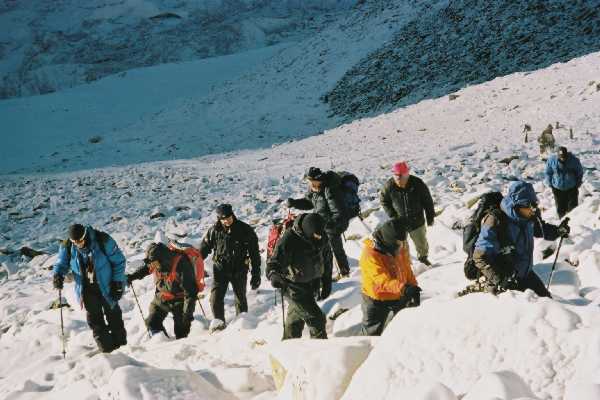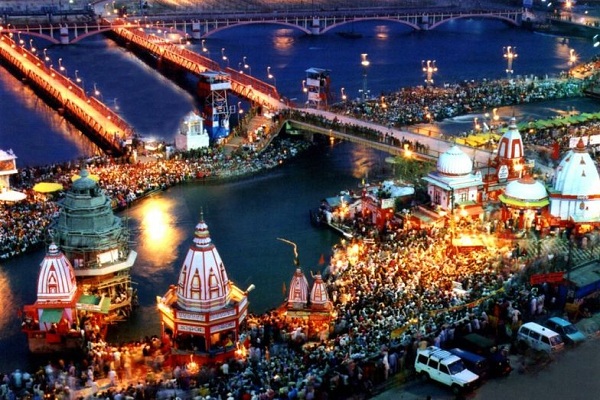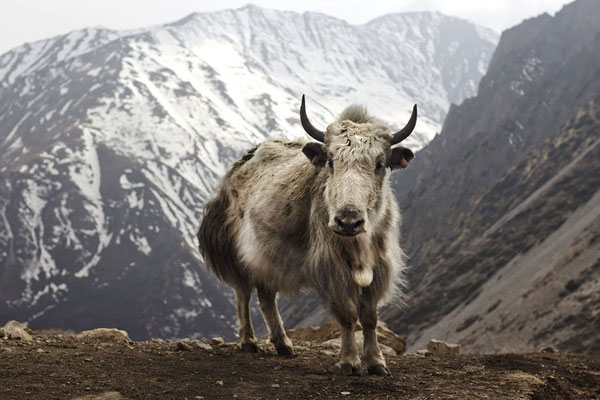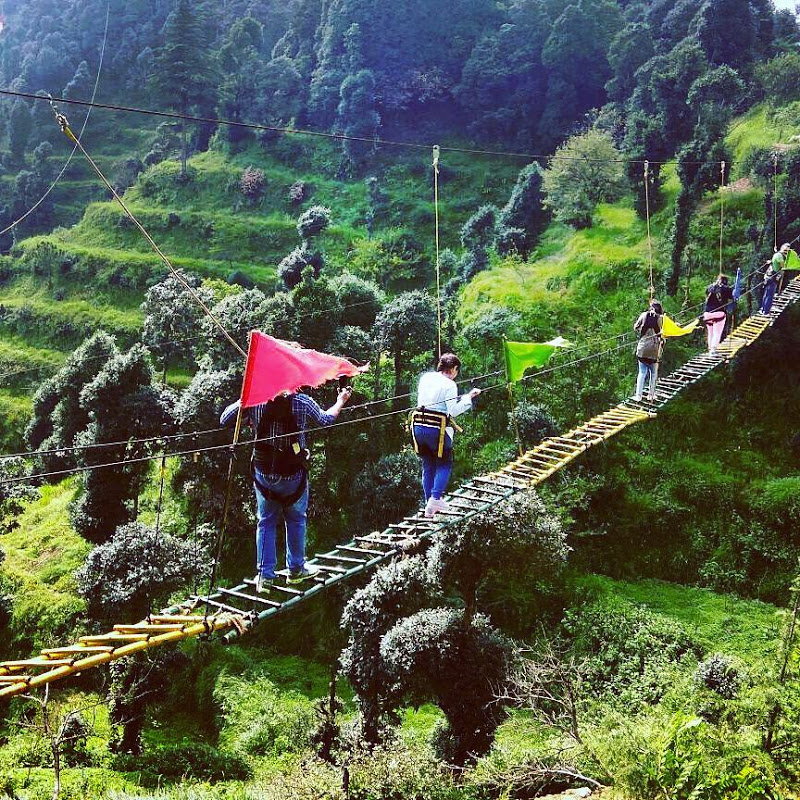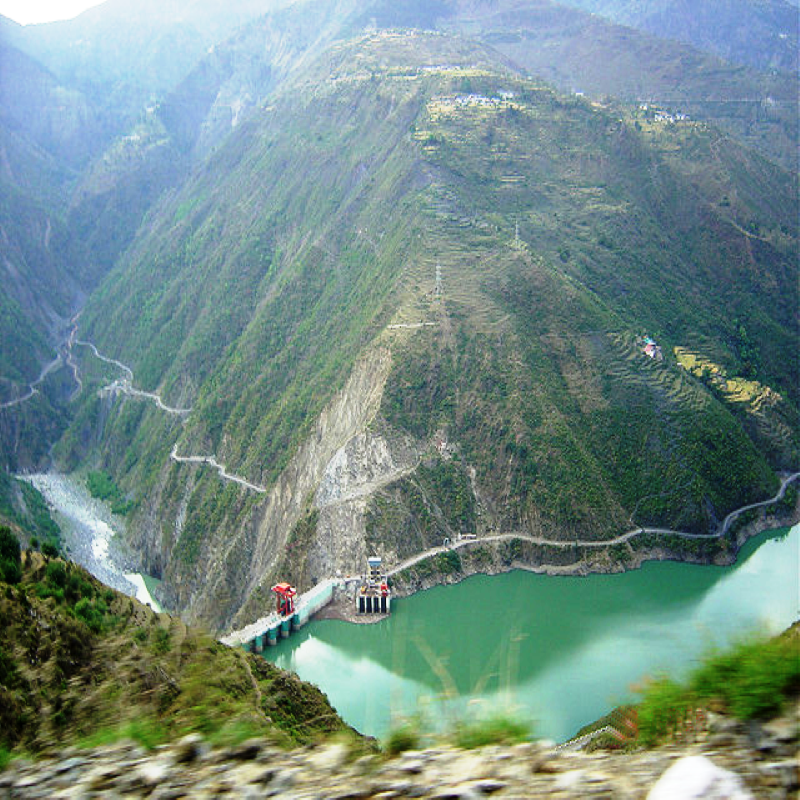Trekking in Ladakh- Shangla Valley Trek
Shang La-Matho La-Stok Kangri - In the cold desert of Ladakh each village stands out like an oasis. The availability of water determines the village's size the cropping season is restricted to one-third of the year because of the lengthy winter. Over the ages, barley has become the fulcrum around which culture of Ladakh revolves. Its flour forms the staple diet and it is fermented to make chaang. Animals provide transport, labour, wool, milk, and dung, the main fuel. A climbing Permit, required for all peaks over 19,700 ft / 6,000 m is obtained from the "Indian Mountaineering Foundation based in Delhi.
Duration: Maximum - 08 Days
All the treks of Leh is connected by 'air' with Delhi, Chandigarh, Jammu and Srinagar to the west and from Manali to the South.
Best time to Visit: June to September.
ITINERARY
Day 01:
Day 02:
Day 03:
Day 04:
Day 05:
Day 06:
Day 07 :
Day 08 :
Important Facts of Darcha Padum Trek
Duration : Maximum - 8 Days
Degree of Difficulty : For the Trek Portion - 4: Moderate to rigorous. Stok Kangri Climb - 5: Rigorous.
How to Reach : All the treks of Leh is connected by 'air' with Delhi, Chandigarh, Jammu and Srinagar to the west and from Manali to the South.
Permits For Treks :A climbing Permit, required for all peaks over 19,700 ft / 6,000 m is obtained from the "Indian Mountaineering Foundation based in Delhi.
Altitude : 11,200 ft / 3,414 m, and the highest campsite is at the Stok Kangri base camp at 16,500 ft / 5,029 m. The two passes are just over 16,000 ft / 4,877 m, and the Stok Kangri massif reaches 20,506 ft / 6,250 m.
Highlights of Treks : The chance to ascend to over 20,000 ft / 6,000 m without any technical climbing ability or equipment. Great views of the Indus valley, the Karakoram Range and the maroon-tinged Stok-Matho Range in Ladakh from both the passes.
Support Services : Pack mules and ponies available through the advanced requirements, but not available on arrival in stock or Martselang. Other arrangements, including hiring equipments or trekking kit, can be arrange in Leh. A guide will be a big help to chart out the easiest way to the top of the peak.
Emergency : Reasonable medical facilities in Leh, especially in the army hospital, including high altitude rescue facilities. On trek, however, there is no place to call for help.







